Internal Rebound Springs FAQs
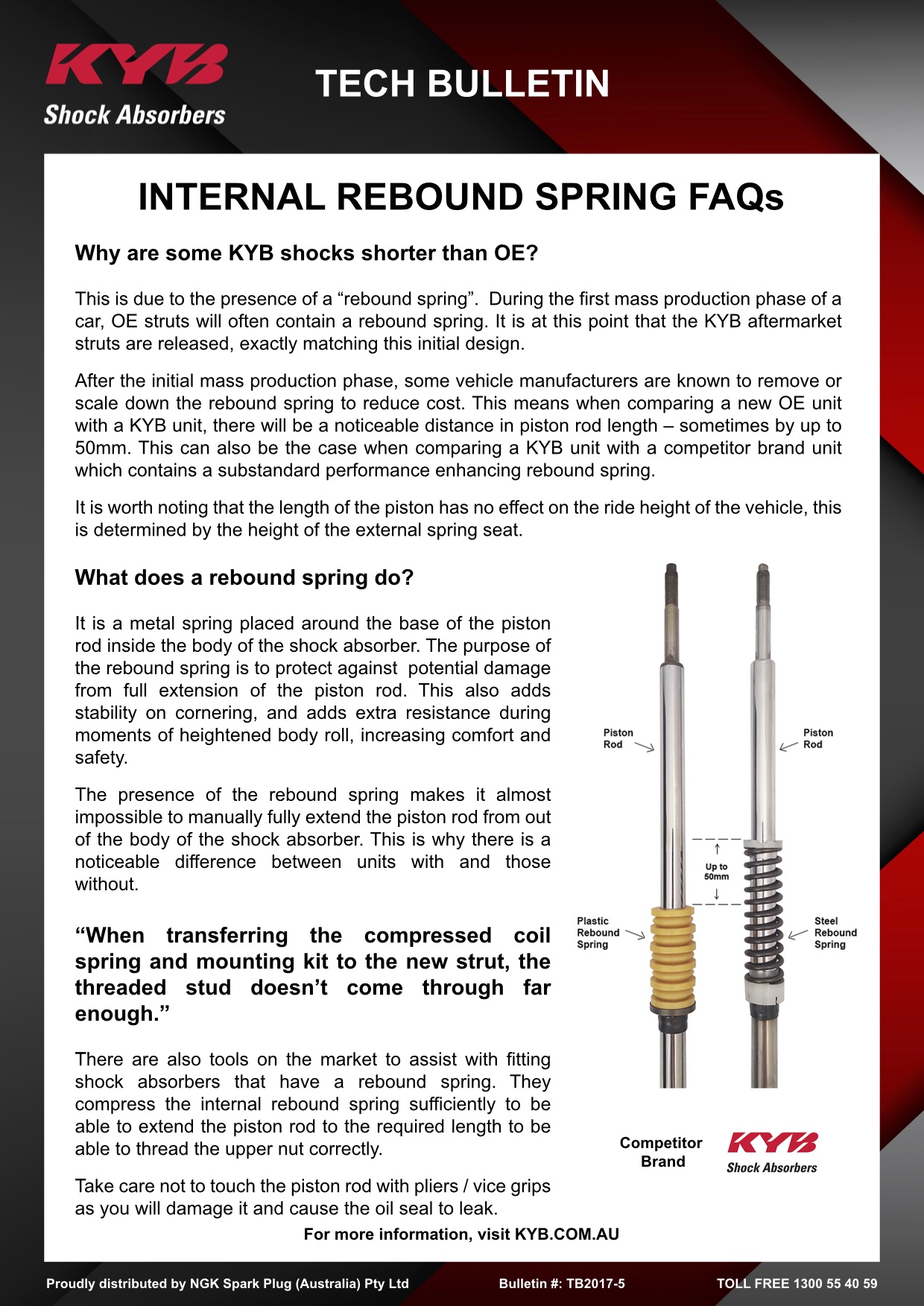
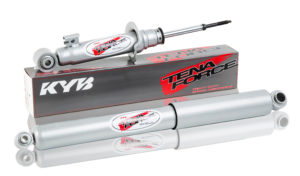
SHOCKS & STRUTS
Standard Height Heavy Duty Shock Absorbers
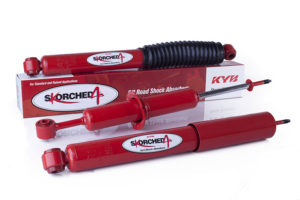
SHOCKS & STRUTS
Lifted Height 4×4 Heavy Duty Shock Absorbers
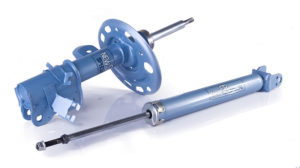
SHOCKS & STRUTS
Enhanced Performance Shock Absorbers
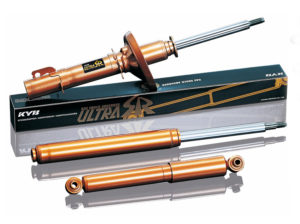
SHOCKS & STRUTS
Enhanced Performance Shock Absorbers

SHOCKS & STRUTS
Adjustable Valving Shock Absorbers
